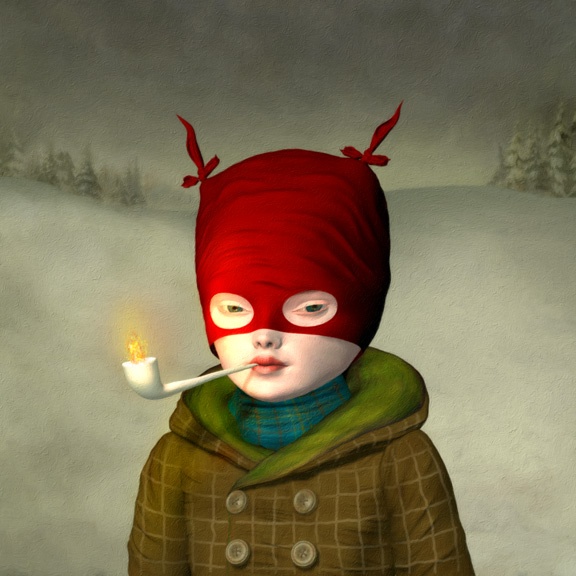Blue-tailed Eagle
[Iolarmara gorma]
The blue-tailed eagle, scientific name Iolarmara gorma, also known as the Noamese sea-eagle, is a large bird of prey found in northern Heberia. Like all eagles, it is a member of the taxonomic family Seabhacosúla. One of 10 extant species of sea-eagle, it is among the more widely distributed, with an expansive range stretching from the Boreal Sea south to the Torrean Sea, and from eastern Neanderland to the Cerulean coast of Shinar.
Appearance
Distinctive in appearance, the blue-tailed eagle has a white head, breast and under-wing. The upper parts are dark blue and black. The tail is blue, as its name implies, and wedge-shaped like all sea-eagles. It has a large yellow beak with a pronounced hook at the end. Juvenile birds are fledged with grey plumage, which is gradually replaced as they mature over the course of three to five years.Like other raptors, the female of the species is larger than her male counterpart, measuring up to a yard long with a wingspan of up to 2.5 yards, and weighing 10-12 punds. Male blue-tails are typically 10% to 15% smaller. The call of the blue-tailed eagle is a series of soft high-pitched piping or whistling sounds, called peals, and described by first century chronicler Lachtna Trashúil (Stavrota) as “unlike any other call found in nature.”
Habitat
The species typically maintain home ranges as large as 40 wmi2 and hunt near large bodies of open water, with fish constituting nearly half of their diet. They are nevertheless opportunistic diurnal hunters, using their agility, speed and power to hunt a variety of small mamacha, such as haers, raebbíts and ground scuirrels. They have also been known to consume carrion.Reproduction
Blue-tailed eagles are monogamous, with nesting pairs remaining together for several years, and possibly for life. They build large nests in high places such as cliffs and old growth treetops, to which they usually return for several breeding seasons. A typical clutch consists of three to four eggs, which hatch in six weeks, normally resulting in one or two surviving fledglings after three months. The lifespan of the blue-tailed eagle is thought to be approximately 35-45 years.Cultural Significance
The blue-tailed eagle holds considerable religious importance among adherents to Shashinism, who see it as a living symbol of the presence of their chief deity, Tengeraav.It is the national bird of Noam, and, as a longstanding symbol of the Qaghanate, it is protected by law; all blue-tailed eagles found in Noam are legally deemed to be the property of the Qaghan, with poaching punishable by death.
The blue-tailed eagle is the totem of the Baˈatsaighan Royal Tribe of Noam.





Such a fancy blue bird! I love it. Very well written article. Is poaching of the pretty birds ever a problem - like, is there an underground market for them feathers? Or is it more of a "Hey don't kill that bird" sort of deal?
Thank you for your kind comment! Your question opens up a whole bunch of possibilities I hadn't considered. I was thinking it was just a flex by the Qaghan, but maybe there's more to it!
\o/ Heeey, happy to help! I think? XD Poor birdies. I'd definitely want some of their feathers but not at the expense of said birds.